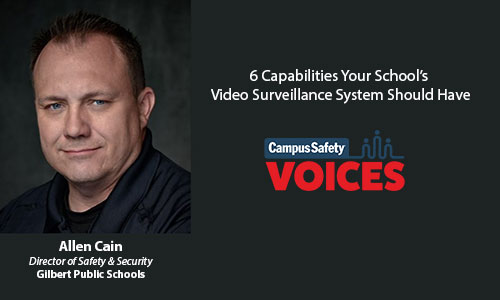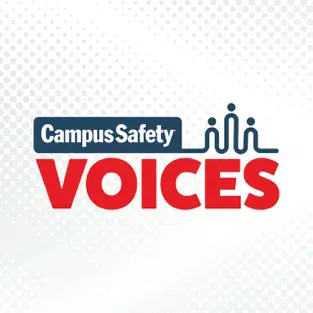Year after year, K-12, higher ed, and hospital security professionals continue to use video surveillance to protect their campuses. A whopping 94% of all 2021 Campus Safety Video Surveillance Survey respondents said they have video surveillance systems deployed on their campus(es). These campuses use their security cameras for many things, including entrance/exit monitoring and visitor verification. The technology can deter potential criminals, help locate unwanted visitors, and aid in investigations, among other things.
The recent survey also found campuses are increasingly acquiring and upgrading their systems. Approximately 32% of K-12 respondents said they have adopted as new or upgraded their fixed security systems in the last two years, and are also considering buying more in the next two years. Additionally, 12% said although they did not purchase new or upgrade current systems in the past two years, they are considering doing so in the next two years.
While it’s not difficult to see how video surveillance can play a big role in protecting campuses, choosing a vendor can be. The breadth of available options can be overwhelming, and each campus’ needs are unique. Allen Cain, director of safety and security at Gilbert Public Schools in Arizona and a 2022 Campus Safety Director of the Year finalist, was tasked with implementing a district-wide video surveillance system.
“When I started, we had cameras, and I say that loosely because we really didn’t have them in our elementary schools. Our high schools and junior highs had some form of a camera system,” Cain described. “Some of our schools had cameras from Radio Shack, some had some from Costco, some from Best Buy. Basically, we had a hodgepodge of camera systems that could not be controlled from one enterprise software.”
[promo_content slug=”2022-campus-safety-director-of-the-year-winner-announcement-at-csc”]
Before choosing a vendor, Cain built a team to decide what capabilities they were looking for in a new system and to review applicants who responded to a request for proposal (RFP) (12:00).
“We built a team primarily of our Gilbert public school staff, but we also included other stakeholders that had a vested interest in this new infrastructure,” he told Campus Safety. “We included the school resource officers, several members of our technology team [since] these cameras are very tech-driven. We included principals and several members from our [finance] office.”
First, Cain knew the district needed an enterprise system that could be monitored from a central location, and cameras that could feed to the respective police department for each campus (12:59).
“We met with the company that eventually won the bid and we built an SOC, or Security Operations Center, right here in my office. Every one of our cameras, when this project is completed, will feed to that room. Each campus will have the ability to view their own cameras but all the rest will feed into the SOC right here,” Cain said. “We have some schools that fall within the town limits of Gilbert and some of them fall within the city of Mesa, so those will have the sharing capability [with those respective departments.]”
Cain also wanted a system that had advanced analytics to allow for people and property searches.
“We want to be able to know if somebody asked you, ‘Well, where did this kid go?’ or ‘This book or this computer was here and now it’s gone,'” Cain said. “With the new technology, I can put a box around that device and within 30 seconds, I can tell you to the second when that device moved or when that product that was in that box moved.”
While not a technological capability, Cain was looking for a vendor that could offer a long-term service plan. He chose a five-year plan that covers anything that breaks and includes twice-a-year cleanings of the cameras for a “fresh view.”
“We wanted the company that won the bid to be able to come in and service these cameras. Technology is great, as long as it’s working right, but sometimes the cameras malfunction or break, especially in Arizona — the ones on the exterior and some extreme heat.”
Lastly, the biggest capability he was looking for was ease of use.
“The system we chose is super user-friendly. I actually do the trainings as we progress to the new schools. I train the administrators and the security staff,” Cain said. “I could train you on our camera system in about 45 minutes.”
In our discussion, Cain also touched on the following:
- Other changes he recognized his district needed to be regarding school safety (1:37)
- How he partnered with the operations department to construct secure entryways (5:09)
- Advice he has for campuses looking to undertake a similar video surveillance project (18:26)
Watch our full interview here or listen on the go on Apple or Spotify.









